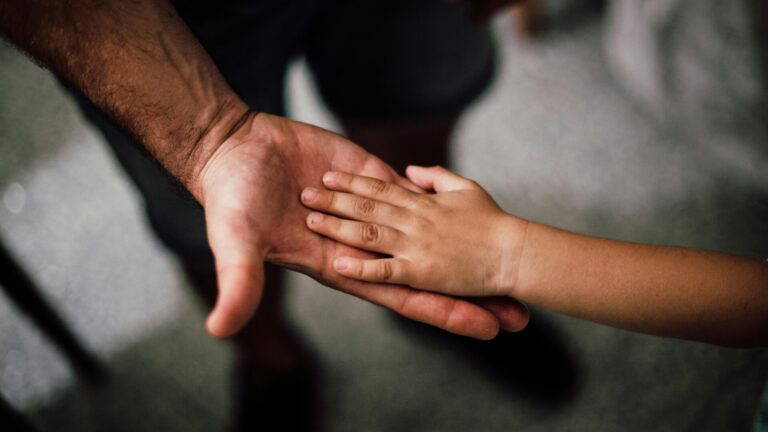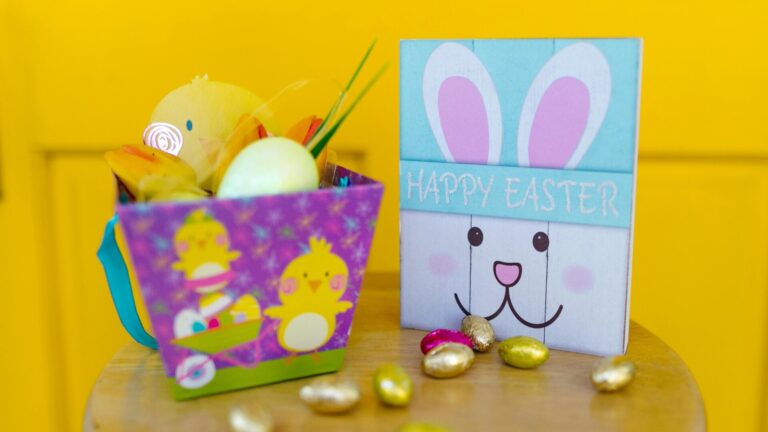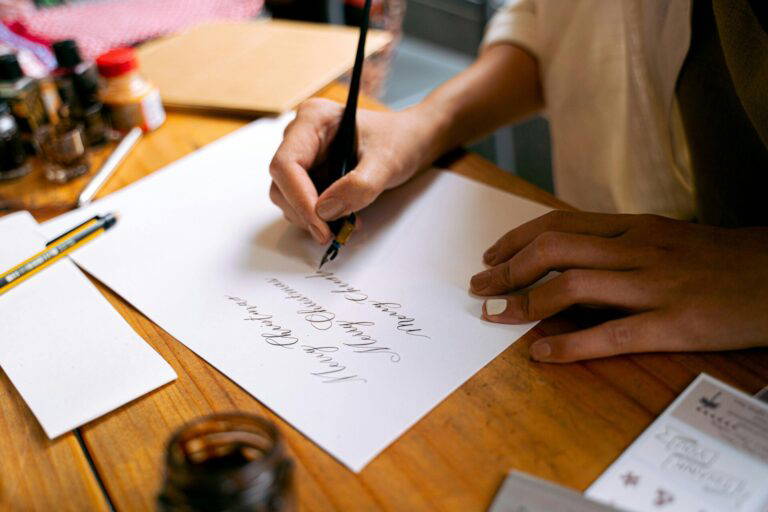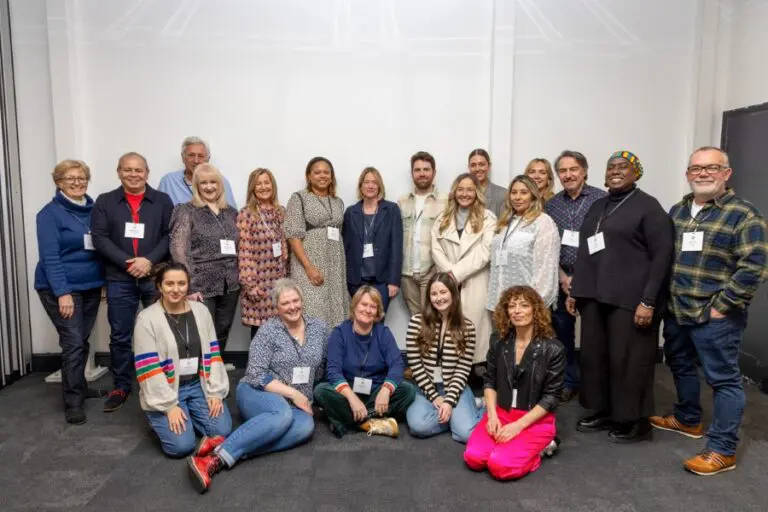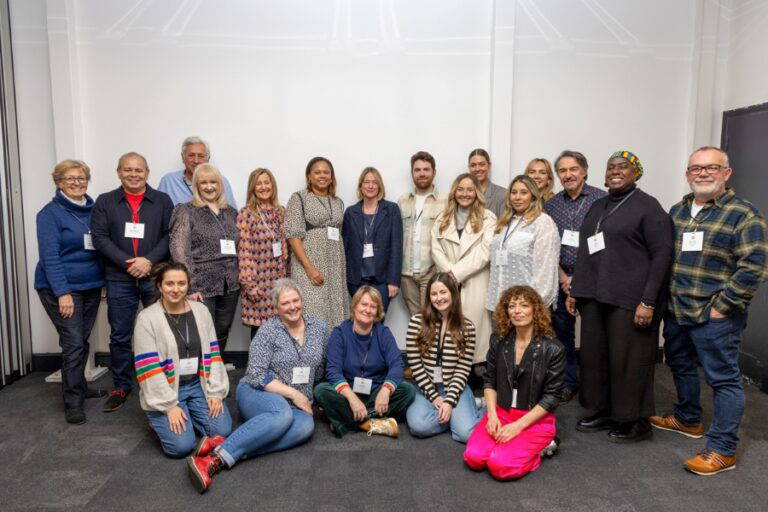The final working drawings are handed over to the printer who will pass the graphics to the colour plate maker to separate and reproduce in readiness for printing. The drawings of the cut out shapes (Cutter Guides) will go to the Die Maker who will make the cutting Die Forme (a series of rules, sharp for cutting, blunt for creasing, set in a wooden block).
A blank cut out proof is provided for checking against the original drawings.
These two processes are combined on the printing press, with the colours applied first and the cut out achieved by setting the ‘Die’ above the printed sheet and pressing down repeatedly during the print run, cutting and creasing simultaneously.
The first run may be checked on the machine before sending off to the assemblers, who will then put together each unit following the assembly instructions provided. If the design is of one piece with minimal folds to be made the printer may be able to organise automatic or hand assembly at the end of the production line.
Time Scale
Design concept to Prototype – this can vary depending on the type and style of design required:
| Process | Weeks |
| A simple proven design based on an existing structure | 1 – 2 |
| A new development that will not have been seen before | 3 – 12 |
| Prototype to Finished Working Drawings | 2 – 4 |
| Finished Working Drawings to Final Print | 2 – 6 |
| Final Print to Assembled Product | 1 – 2 |
| Assembled Product to shops (dependent on selling-in via store buyers) | 2 – 6 |
About the Author
As a child, Lyn Hourahine loved building models and the Art and Technology departments at his school, in Newport, were his favourite places. He developed his 3-D interests at Art and Design college and, after working in several design studios, set up his own design practice to specialise in the craft of paper engineered product design. His creations include greeting cards that explode, rotate, swing and rock.
